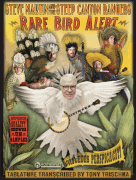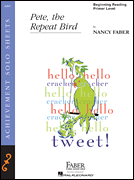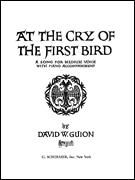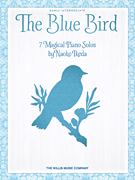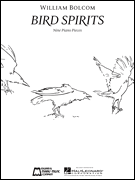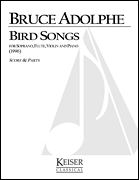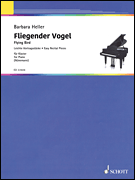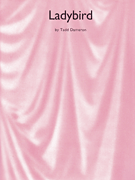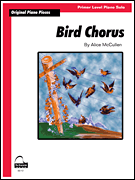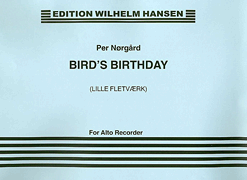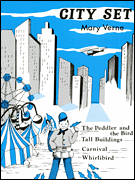Search Results for: “bird”
Loading...
Norwegian Wood (This Bird Has Flown) View 291 Products
Lullaby Of Birdland View 173 Products
Free Bird View 125 Products
Three Little Birds View 93 Products
Birdland View 93 Products
Feed The Birds (Tuppence A Bag) View 80 Products
Dream On View 71 Products
And Your Bird Can Sing View 56 Products
Carol Of The Birds View 40 Products
Lazy Bird View 39 Products
Angry Birds Theme View 37 Products
Stronger View 37 Products
Lady Bird View 36 Products
Bird On The Wire (Bird On A Wire) View 35 Products
Chasing The Bird View 26 Products
Bird Feathers View 24 Products
Bird Like View 24 Products
Blue Bird View 22 Products
Birdie Song, The View 22 Products
Green Finch And Linnet Bird View 21 Products
Bird Of Paradise View 18 Products
Something Wild View 18 Products
Listen To The Mocking Bird View 15 Products
Bird's Nest View 7 Products
